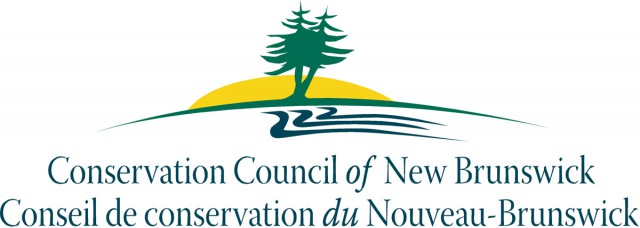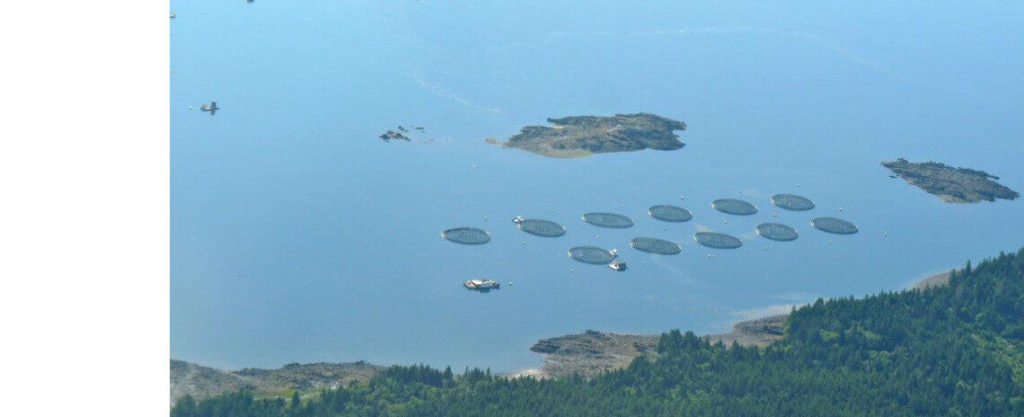
FREDERICTON — The Conservation Council of New Brunswick is bringing attention to a study published last week in the Virology Journal that reported on the presence of a European strain of an Atlantic salmon virus — infectious salmon anemia (ISAv) — in British Columbia wild Pacific salmon.
Inka Milewski, science advisor for the Conservation Council, said the study dispels the often repeated claims by the salmon farming industry that fish farms are not the source of diseases but rather the victim of diseases from wild fish.
“Atlantic salmon are not indigenous to B.C. It’s clear from this study that the European strain found in wild Pacific salmon could only come from their contact in waters with large open netpen Atlantic salmon feedlots,” said Milewski. “That the industry will not allow academic research teams to test their fish is a concern.”
“It’s not just viruses that are released from fish farms, but bacterial diseases and pests like sea lice are also shed by the millions into surrounding water. For the industry to suggest that they are plagued by diseases from wild fish is simply not credible. In Atlantic Canada, particularly the outer Bay of Fundy — where farmed salmon outnumber wild salmon about 8,000 to 1 — it simply is not believable to blame wild fish for the disease problems inherent in open pen feedlot management.”
The ISA virus is a member of the influenza family of viruses. According to the study, the virus has undergone a slight mutation which can make it complex to detect with current technology. First detected in Norway in 1984, it was confirmed in New Brunswick in 1998 after a mystery disease, first thought to be haemorrhagic kidney syndrome, hit 20 out of 83 licensed fish farms in 1997. Losses to the industry in 1997 alone were estimated at $10 million.
New Brunswick fish farms reported ISAv outbreaks in every year thereafter until 2007. The avirulent strain of the virus has been reported in numerous fish farms each year since then. Canadian taxpayers have paid the salmon farming industry close to $140 million in compensation. The latest ISAv outbreak, a new strain of the virus, occurred in Newfoundland in 2013. A total of $33 million was paid in compensation to the industry for five separate outbreaks in that province.
Milewski said that any biosecurity measures put in place to prevent the spread of diseases from fish farms to wild fish are inadequate and impossible to attain because of the nature of the open net pen industry, which allows free-flow of pathogens out of the farms.
“The industry shares equipment and buys eggs from provinces and other countries. Disease specialists know that water is a terrific medium for spreading disease. It’s just a matter of time before another outbreak of some other virus or bacterial disease occurs,” Milewski said.
“Hat-in-hand, the industry will come begging for compensation, no doubt blaming wild fish for what really is their inherently weak biosecurity measures. Rather than pay up, the federal government needs to take the ecological and financial risk out of fish farming and begin the process of transitioning the industry to land-based closed containment systems where most of the risk can be managed.”
-30-
For more information or to arrange an interview, contact:
Jon MacNeill, Communications: 458-8747 | jon.macneill@conservationcouncil.ca
Inka Milewski, Science Advisor: 622-0314

